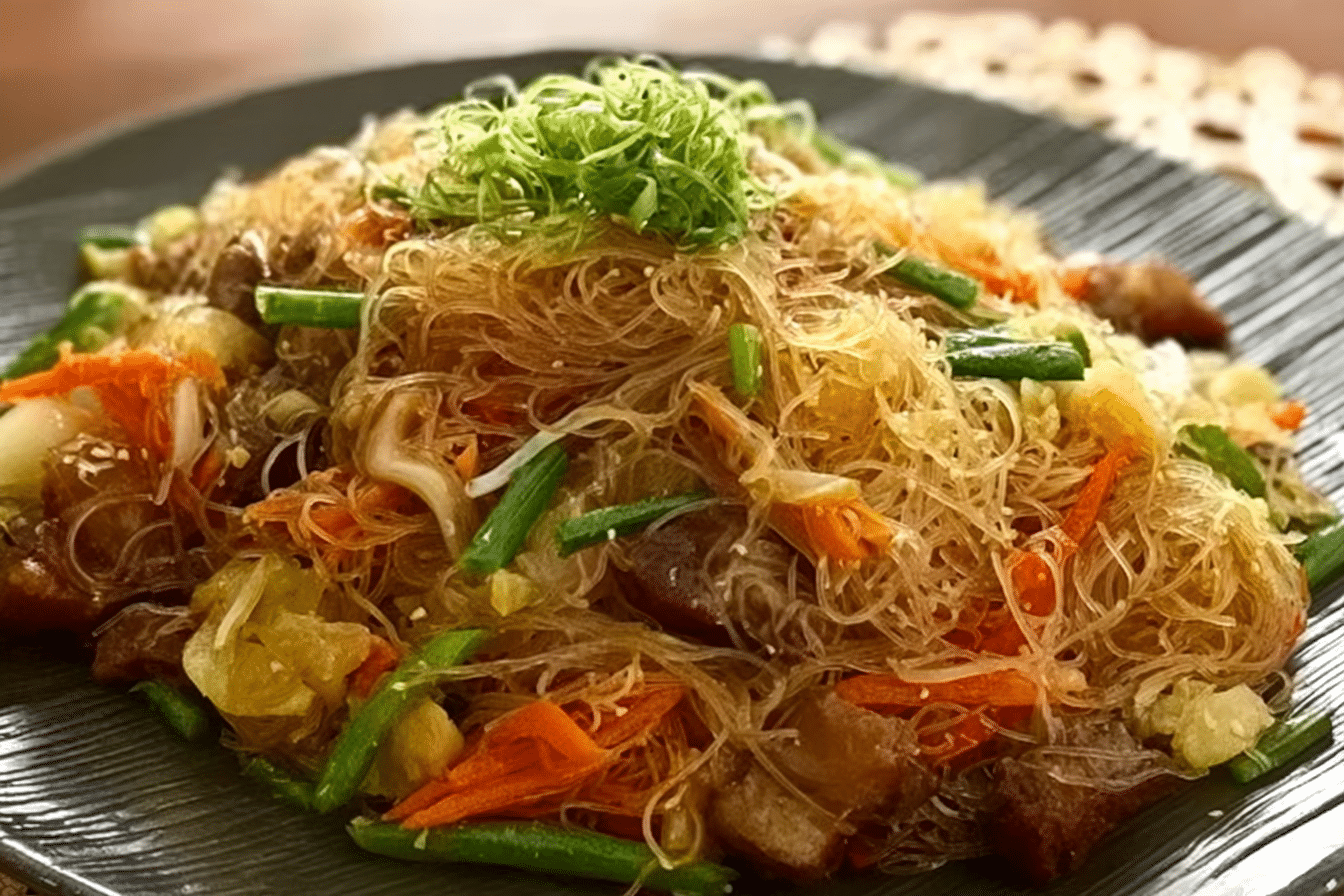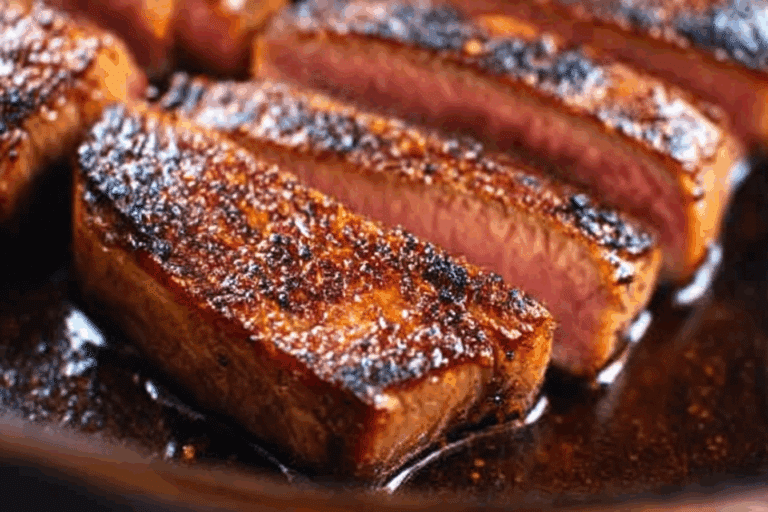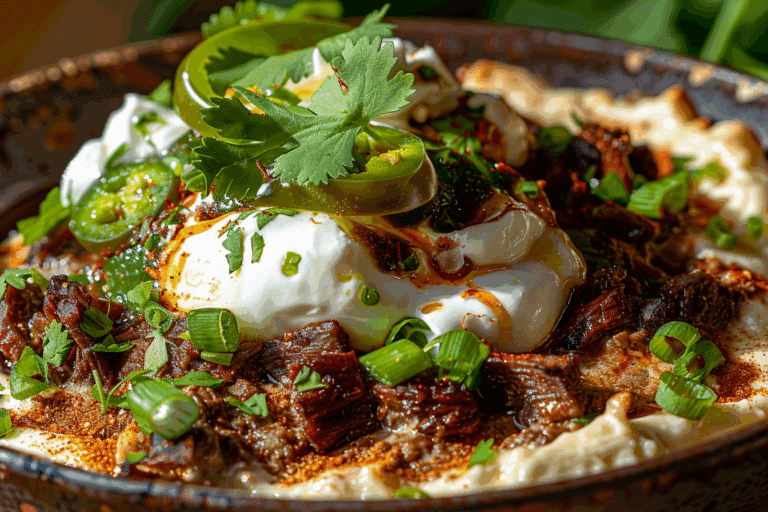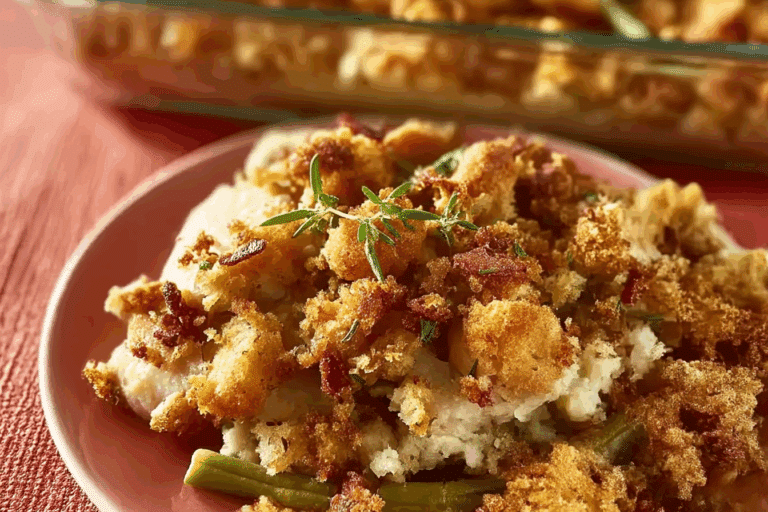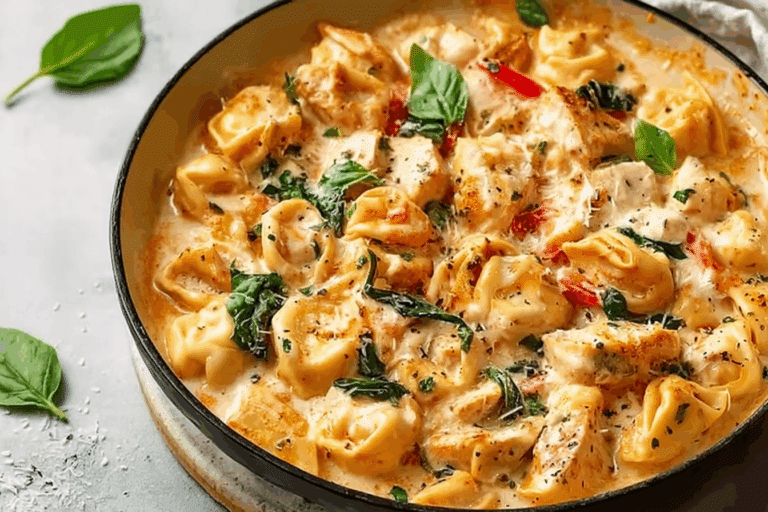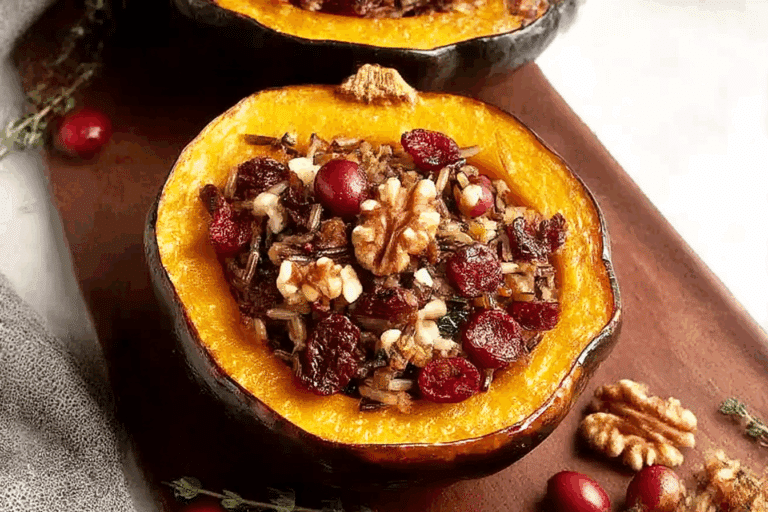Filipino’s Pansit Bihon: A Celebration of Flavor
Filipino’s Pansit Bihon is a vibrant noodle dish that beautifully encapsulates the rich culture and traditions of the Philippines. This delightful meal brings families together, making it perfect for celebrations, gatherings, or any occasion where flavor is the star. Every bite of Pansit Bihon is a taste of home, with its savory blend of ingredients that just warms the heart and fills the belly.
Why You’ll Love This Recipe
- Easy to Prepare: Filipino’s Pansit Bihon requires minimal cooking skills, making it accessible for everyone.
- Flavor Explosion: The combination of fresh vegetables, tender meat, and umami-rich sauces creates an unforgettable taste experience.
- Customizable: You can easily adapt the ingredients based on your dietary preferences or what you have on hand.
- Perfect for Gatherings: This dish is a crowd-pleaser and always a hit at parties or family reunions.
- Leftovers Taste Great: If you have any leftovers, they taste even better the next day as the flavors meld together.
Ingredients You’ll Need
Gathering the ingredients for Filipino’s Pansit Bihon is part of the fun, and each one plays a crucial role in creating that authentic flavor. From the noodles to the veggies, every component adds its unique touch to the dish.
- Bihon Noodles: These thin rice noodles are the star of the dish, providing a delicate texture that soaks up flavors beautifully.
- Chicken or Pork: Tender meat adds protein and richness; feel free to use your favorite protein or mix both!
- Carrots: Julienne-cut carrots add a sweet crunch and vibrant color to the dish.
- Cabbage: Shredded cabbage brings a lovely texture and absorbs the flavors of the sauce.
- Onions and Garlic: These aromatic ingredients provide a savory base that enhances the overall flavor profile.
- Soy Sauce: This essential ingredient gives the dish its signature salty and umami flavor.
- Bell Peppers: Sliced bell peppers not only add color but also a sweet, fresh taste.
- Green Onions: Chopped green onions are perfect for garnishing, offering a fresh and zesty finish.
Note: the full ingredients list, including measurements, is provided in the recipe card directly below.
Variations for Filipino’s Pansit Bihon
Don’t hesitate to make Filipino’s Pansit Bihon your own! This dish is incredibly adaptable, allowing you to swap ingredients based on what you have or your dietary needs.
- Vegetarian Version: Substitute meat with tofu or tempeh for a hearty plant-based option.
- Seafood Twist: Incorporate shrimp or fish for a delightful seafood variation.
- Spicy Kick: Add chili peppers or a splash of hot sauce for those who enjoy a bit of heat.
- Extra Veggies: Feel free to throw in any seasonal vegetables you have on hand for added nutrition.
- Gluten-Free Option: Use gluten-free soy sauce and check noodle packaging to ensure they meet your dietary needs.

How to Make Filipino’s Pansit Bihon
Step 1: Soak the Noodles
Start by soaking the bihon noodles in warm water for about 15-20 minutes until they are soft and pliable. Drain and set aside, making sure they are not too wet.
Step 2: Prepare the Meat
In a large skillet or wok, heat some oil over medium heat. Add chopped chicken or pork and cook until browned and cooked through. Remove and set aside.
Step 3: Sauté Aromatics
In the same skillet, add more oil if needed, and sauté the onions and garlic until fragrant and translucent. This forms the flavorful base for your dish.
Step 4: Add Vegetables
Add the carrots and bell peppers, stir-frying for a few minutes until they begin to soften. Then add the cabbage and continue to cook until all the vegetables are tender.
Step 5: Combine Everything
Return the cooked meat to the skillet, and add the soaked bihon noodles. Pour in the soy sauce and mix everything well, ensuring the noodles are coated with the sauce and heated through.
Step 6: Garnish and Serve
Finally, remove from heat and garnish with chopped green onions. Serve hot and enjoy the flavors of Filipino’s Pansit Bihon!
Pro Tips for Making Filipino’s Pansit Bihon
- Don’t Overcook the Noodles: Ensure the noodles are just tender to prevent them from becoming mushy.
- Use Fresh Ingredients: Fresh vegetables and quality meat enhance the overall flavor of the dish.
- Adjust Soy Sauce to Taste: Start with less soy sauce and add more if needed, depending on your preference for saltiness.
- Let it Rest: Allowing the dish to sit for a few minutes after cooking helps the flavors meld together.
- Mix Gently: When combining everything, use a gentle hand to avoid breaking the noodles.
How to Serve Filipino’s Pansit Bihon
Garnishes
Sprinkle additional chopped green onions or fried garlic on top for added flavor and a beautiful presentation that will impress your guests.
Side Dishes
Pair your Pansit Bihon with other traditional Filipino dishes such as lumpia (spring rolls) or a refreshing side of ensalada (salad) to create a delightful meal.
Creative Ways to Present
Consider serving your Filipino’s Pansit Bihon in a large decorative bowl or on a colorful platter. You can even wrap some in lettuce leaves for a fun and interactive eating experience!
Make Ahead and Storage
Storing Leftovers
Leftover Filipino’s Pansit Bihon can be stored in an airtight container in the refrigerator for up to 3 days. This makes it a great option for meal prep!
Freezing
If you want to make a big batch, you can freeze Pansit Bihon in portions. Just ensure it’s cooled completely before transferring it to freezer-safe bags or containers.
Reheating
To reheat, simply place the leftovers in a skillet over low heat. Add a splash of water or broth to keep it moist while warming through. Stir gently to prevent sticking.
FAQs
Can I use other types of noodles?
Absolutely! While bihon noodles are traditional, you can substitute them with other rice noodles or even egg noodles if you prefer.
Is Pansit Bihon gluten-free?
Yes, if you use gluten-free soy sauce and check your noodle packaging, you can easily make a gluten-free version of this dish.
What can I serve with Pansit Bihon?
Pansit Bihon pairs wonderfully with lumpia, grilled meats, or a simple side salad for a well-rounded meal.
How long does it take to make Pansit Bihon?
The entire process usually takes about 30-45 minutes, making it a relatively quick dish to prepare.
Can I make Pansit Bihon vegetarian?
Yes! You can replace the meat with tofu or tempeh and load up on your favorite vegetables for a delicious vegetarian option.
Final Thoughts
Filipino’s Pansit Bihon is more than just a dish; it’s a celebration of flavor, culture, and togetherness. I encourage you to try making it for your next gathering or family meal. Trust me, every bite will bring smiles and satisfaction to your table!
Related Posts
- Cabbage Sauteed with Chicken: A Comforting Classic Made Easy
- Irresistible & Addictive Steak Avocado & Roasted Corn Bowl – Ultimate Flavor Bomb
- Teriyaki Pineapple Chicken & Rice Stuffed Peppers Delight

Filipino’s Pansit Bihon
- Prep Time: 15 minutes
- Cook Time: 30 minutes
- Total Time: 45 minutes
- Yield: 4 servings
- Category: Main Dish
- Method: Stir-fry
- Cuisine: Filipino
- Diet: Gluten Free
Description
Filipino’s Pansit Bihon is a vibrant noodle dish that beautifully encapsulates the rich culture and traditions of the Philippines. This delightful meal brings families together, making it perfect for celebrations and gatherings.
Ingredients
Bihon Noodles
- 8 ounces bihon noodles
Meat
- 1 cup chicken or pork, chopped
Vegetables
- 1 cup carrots, julienne-cut
- 2 cups cabbage, shredded
- 1 medium onion, chopped
- 4 cloves garlic, minced
- 1 cup bell peppers, sliced
- 2 green onions, chopped (for garnish)
Seasoning
- 3 tablespoons soy sauce
Instructions
- Soak the Noodles: Start by soaking the bihon noodles in warm water for about 15-20 minutes until they are soft and pliable. Drain and set aside, making sure they are not too wet.
- Prepare the Meat: In a large skillet or wok, heat some oil over medium heat. Add chopped chicken or pork and cook until browned and cooked through. Remove and set aside.
- Sauté Aromatics: In the same skillet, add more oil if needed, and sauté the onions and garlic until fragrant and translucent. This forms the flavorful base for your dish.
- Add Vegetables: Add the carrots and bell peppers, stir-frying for a few minutes until they begin to soften. Then add the cabbage and continue to cook until all the vegetables are tender.
- Combine Everything: Return the cooked meat to the skillet, and add the soaked bihon noodles. Pour in the soy sauce and mix everything well, ensuring the noodles are coated with the sauce and heated through.
- Garnish and Serve: Finally, remove from heat and garnish with chopped green onions. Serve hot and enjoy the flavors of Filipino’s Pansit Bihon!
Notes
- Don’t Overcook the Noodles: Ensure the noodles are just tender to prevent them from becoming mushy.
- Use Fresh Ingredients: Fresh vegetables and quality meat enhance the overall flavor of the dish.
- Adjust Soy Sauce to Taste: Start with less soy sauce and add more if needed, depending on your preference for saltiness.
- Let it Rest: Allowing the dish to sit for a few minutes after cooking helps the flavors meld together.
- Mix Gently: When combining everything, use a gentle hand to avoid breaking the noodles.
Nutrition
- Serving Size: 1 serving
- Calories: 350
- Sugar: 3g
- Sodium: 600mg
- Fat: 10g
- Saturated Fat: 2g
- Unsaturated Fat: 8g
- Trans Fat: 0g
- Carbohydrates: 50g
- Fiber: 3g
- Protein: 20g
- Cholesterol: 60mg

